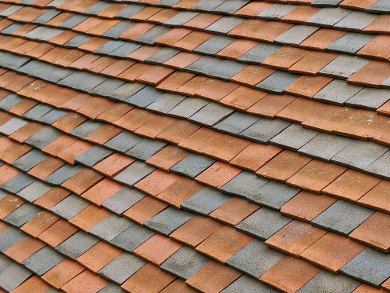Organic solar cells (OSCs) have lower production costs than their inorganic counterparts, and modifying the organic components allows their band gap to be tuned. However, they are usually less stable and often less efficient than, e.g., silicon-based photovoltaics.
One way to improve the efficiency of OSCs is to is to incorporate heavy metals such as platinum into the organic materials. This allows the formation of triplet excitons with longer lifetimes and can improve charge separation. A common approach to this is the use of conjugated polymers containing Pt-bisacetylide moieties in the polymer chain.
Yang Qin, University of New Mexico, Albuquerque, USA, and colleagues have developed a monomeric Pt-bisacetylide that outperforms such polymers in organic photovoltaics. The platinum-containing groups of the molecule stick out to the top and bottom of the disc-like organic chromophores. These rigid chromophores can partially overlap like roof tiles (“slip stack”). According to the researchers, this improves the materials crystallinity and enhances π–π interactions between the molecules.
The team built solar cells using the Pt-bisacetylide as the light-absorbing electron donor and a fullerene derivative as the electron acceptor. They found an average power conversion efficiency (PCE) of about 5.6 % and a highest value of roughly 5.9 %. These PCEs are significantly higher than those of previously reported platinum-containing polymers.
- A “Roller-Wheel” Pt-Containing Small Molecule that Outperforms Its Polymer Analogs in Organic Solar Cells,
Wenhan He, Maksim Y. Livshits, Diane A. Dickie, Jianzhong Yang, Rachel Quinnett, Jeffrey J. Rack, Qin Wuc, Yang Qin,
Chem. Sci. 2016.
DOI: 10.1039/C6SC00513F




